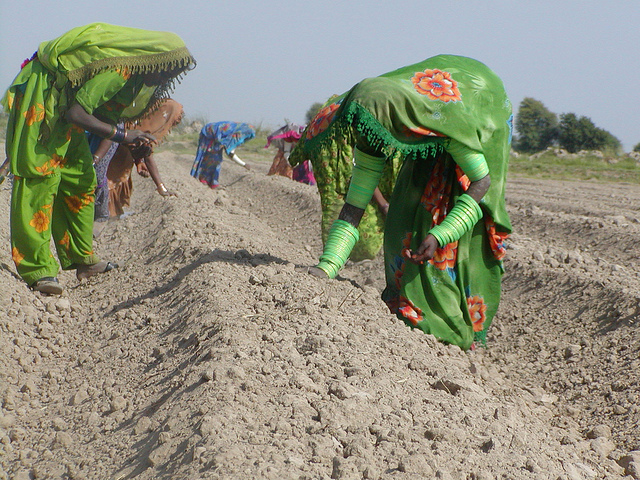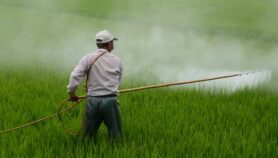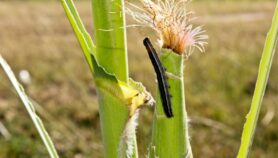By: Bernard Appiah
Send to a friend
The details you provide on this page will not be used to send unsolicited email, and will not be sold to a 3rd party. See privacy policy.
Cropping systems with variable sowing dates adapted to changing climatic conditions — as opposed to those with fixed sowing dates — will result in increased mean future crop yields, a modelling study has found.
Multiple cropping systems, including growing two or more crops at the same time on the same plot (intercropping); after each other in a sequence (sequential cropping); or with overlapping growing periods (relay cropping), are being promoted in Africa by agricultural experts, including the UN Food and Agriculture Organization, to address food insecurity.
Researchers from France, Germany and Thailand used a survey dataset of more than 8,600 households from ten Sub-Saharan African countries: Burkina Faso, Cameroon, Ethiopia, Ghana, Kenya, Niger, Senegal, South Africa, Zambia, and Zimbabwe. They estimated crop yields for the period 2070-2099, relative to 1971-2000, for single and multiple cropping systems at both constant and variable sowing dates, determined from the start of the rainy season annually.
They found that cropping systems with variable sowing dates adapted to climate change produce crop yields up to 17 per cent higher than those that have constant sowing dates, according to Katharina Waha, lead author and research fellow at the Potsdam Institute for Climate Impact Research, in Germany.
But Waha says that although multiple cropping systems increase crop yields — especially when sowing dates are adapted to climate change — farmers might not always be able to apply them if agricultural inputs and labour are lacking.
Ephraim Mwepya Shitima, a co-ordinator of the WWF Climate Adaptation Initiative, based in Lusaka, Zambia, says that the study's findings call for governments to provide adequate climate change education to agricultural extension officers so that they can help farmers use scientific methods for adapting to climate change, such as adaptable sowing dates.
"Farmers tell us that if they see birds make their nests higher than normal it is a sign of impending flood — and thus they take action," Shitima tells SciDev.Net, adding that such local knowledge should supplement information to be acquired by extension officers.
Evans Kituyi, senior programme specialist for the Climate Change Adaptation in Africa programme, at the International Development Research Centre, Canada, says the positive impact of adapting sowing dates is consistent with what has been observed practically in Africa.
Kituyi says a completed project in Kenya — in which farmers collected rainfall data daily and sent monthly readings to the country's meteorological department, which in turn sent farmers quarterly advisories — led to the farmers' ability to know what crop to plant and when, depending on whether readings indicated normal, below or above normal weather conditions.
He calls for the distribution of rain gauges to farmers and training of more meteorologists to help farmers adapt to climate change.
The study was published in the February issue of Global Environmental Change.
Link to abstract in Global Environmental Change
This article has been produced by SciDev.Net's Sub-Saharan Africa desk.
References
Global Environmental Change doi: http://dx.doi.org/10.1016/j.gloenvcha.2012.11.001(2013)














